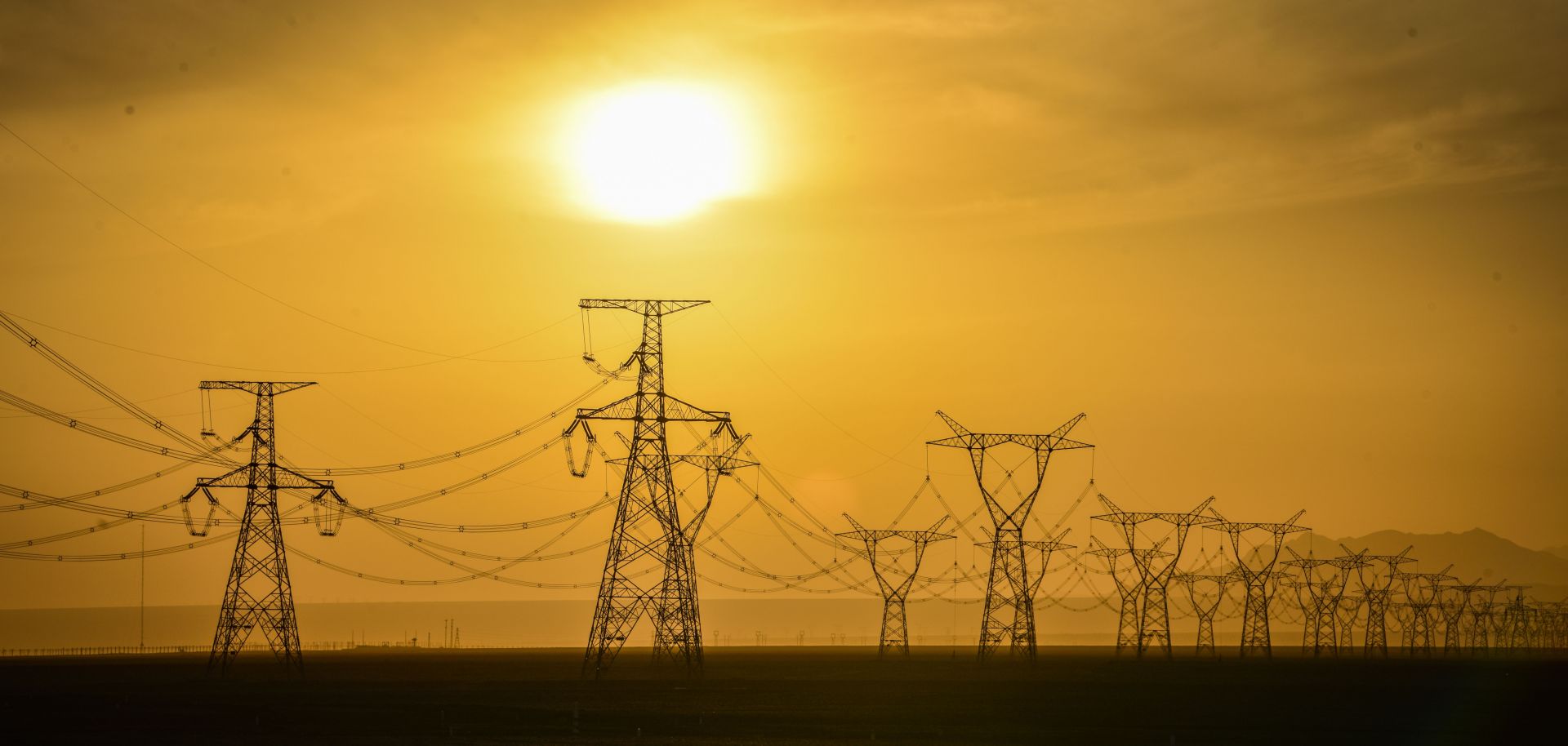
The State Grid Corp. of China announced May 14 that official approval is imminent for a controversial plan to build 12 cross-country ultra high-voltage power transmission lines. The proposed power lines would link resource-rich western provinces to China's major central and coastal consumer bases. If granted, the approval will be a breakthrough for State Grid — the larger of China's two government-owned power grid operators — and for the Chinese power sector as a whole. It will signal that China's leaders are committed to building a nationally integrated power grid.
The long-term undertaking would entail not only enormous government expenditures, but also the reorganization of much of the physical and industrial structure of China's power generation and transmission sectors, the relationship between the sectors' constituent parts, and perhaps most critically, the relationship between China's energy-producing and energy-consuming regions. Moreover, it would ensure the transformation of State Grid from an investment vehicle overseeing operationally independent regional grids — its original charter — into a national grid operator.
This would partly reverse a trend toward corporate decentralization in the power transmission sector that began in 2002 with the division of the monolithic China Electric Power Co. into two grid operators and five major state-owned power generators. Amid growing pressure from inside and outside the government to break state-owned monopolies in pillar industries such as oil and banking, official approval of the 12-line ultra high-voltage system would represent a victory for State Grid's efforts to preserve and expand its own monopolistic status.



